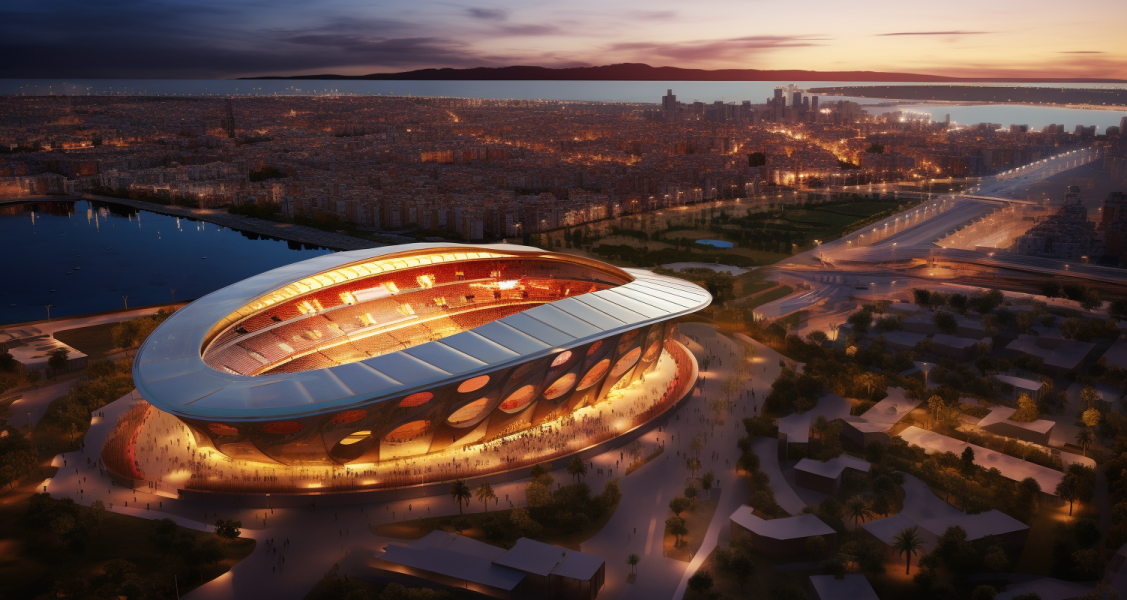Stadiums and arenas are more than just venues for sports and entertainment. They are colossal structures that encapsulate the spirit of the city, the passion of the fans, and the architectural prowess of the modern world. From ancient coliseums to state-of-the-art arenas, these structures have evolved into iconic landmarks. This article delves into the architectural marvels of stadiums and arenas, celebrating their design, history, and impact on the global sports landscape.
1. The Evolution of Stadiums and Arenas
- Ancient Beginnings: The Colosseum in Rome, an amphitheater built in 80 AD, stands as a testament to the grandeur of ancient architecture and the love for public spectacles.
- Modern Marvels: Today’s stadiums, equipped with retractable roofs, luxury suites, and advanced technology, showcase the pinnacle of architectural innovation.
2. Iconic Stadiums Around the World
- Camp Nou, Barcelona: Home to FC Barcelona, this stadium, with a seating capacity of over 99,000, is a mecca for football enthusiasts.
- Wembley Stadium, London: Renowned for its iconic arch, Wembley has hosted numerous historic events, from football finals to legendary concerts.
- Bird’s Nest, Beijing: Officially known as the Beijing National Stadium, its intricate design was a centerpiece of the 2008 Olympics.
3. The Magic of Arena Design
- Sustainability: Modern arenas like the Mercedes-Benz Stadium in Atlanta prioritize eco-friendly designs, boasting solar panels and rainwater collection systems.
- Fan Experience: Stadiums now focus on enhancing the spectator experience with wider seats, better views, and state-of-the-art sound systems.
- Versatility: Many arenas are designed for multi-purpose use, accommodating concerts, conventions, and various sports.
4. Economic and Cultural Impact
- Boosting Local Economies: Major events can bring significant revenue to cities, benefiting local businesses and promoting tourism.
- Cultural Significance: Stadiums often become cultural landmarks, symbolizing a city’s heritage and passion for sports.
5. The Future of Stadium Architecture
- Smart Stadiums: With the integration of IoT (Internet of Things), future stadiums will offer personalized experiences, from tailored replays to in-seat food ordering.
- Eco-Architecture: The push for sustainability will lead to more green designs, utilizing renewable energy and eco-friendly materials.
- Immersive Experiences: Advances in AR (Augmented Reality) and VR (Virtual Reality) may revolutionize the way fans experience live events.
Stadiums and arenas stand as monumental tributes to human achievement, blending art, architecture, and passion. As they continue to evolve, these structures will remain at the heart of global sports culture, bearing witness to unforgettable moments and uniting fans from all walks of life. Whether you’re a sports enthusiast, an architecture aficionado, or simply someone who appreciates grand designs, the world of stadiums and arenas offers a fascinating journey through time and innovation.







